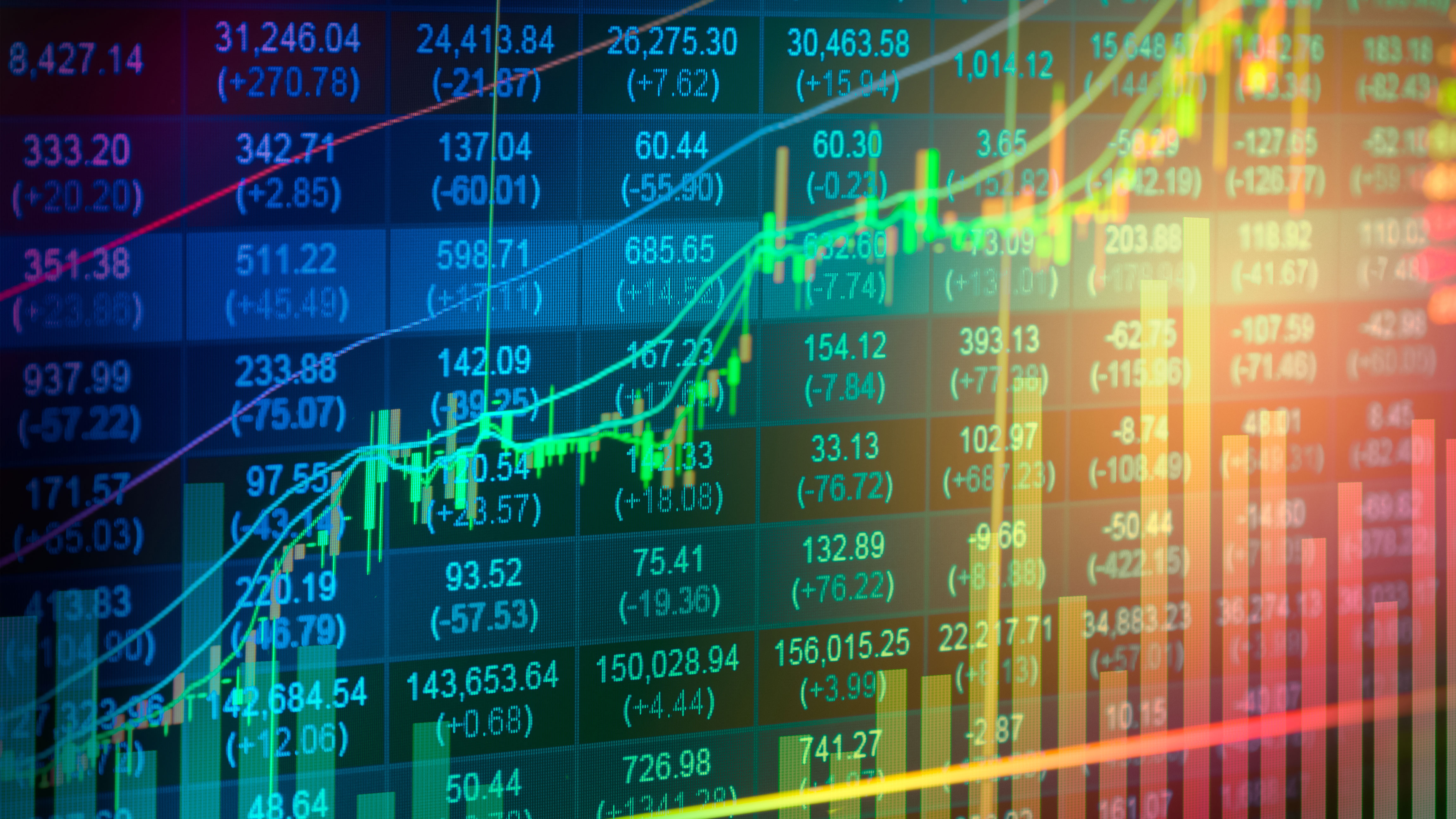The truth about active vs. passive investing
Making the case for a balanced approach

When we talk about disruption upending industries, we’re usually referring to clever technological innovation. But when it comes to high finance, one of the most feared challengers at the gates – the simple index-tracking “passive” fund – is based on a very humble technology indeed.
Take the FTSE 100 index. This is an index of the 100 largest businesses listed on the London Stock Exchange, ranked by market value (also known as market capitalisation). The index goes up and down in line with the combined share prices of its constituents, and so it can easily be tracked by a fund which mimics or copies its make-up.
So if drugs group AstraZeneca comprises 7.2% of the value of the FTSE 100, for example, our index-tracking fund would also have 7.2% of its value in AstraZeneca shares. If the share price then leapt by 10% relative to the rest of the index, its weighting in the index-tracking fund would do the same.
The Week
Escape your echo chamber. Get the facts behind the news, plus analysis from multiple perspectives.

Sign up for The Week's Free Newsletters
From our morning news briefing to a weekly Good News Newsletter, get the best of The Week delivered directly to your inbox.
From our morning news briefing to a weekly Good News Newsletter, get the best of The Week delivered directly to your inbox.
Suddenly there is no need for a fund manager to “actively” pick and choose different shares. This cuts costs, and also means there’s no risk that your fund manager will pick one or more “bad” stocks and thus massively underperform the index.
A heated debate
This not-especially-high-tech idea has given rise to a section of the fund management industry which has enjoyed exponential growth in the last few decades. Passive funds didn’t even exist in the mass market up until about 30-odd years ago. Now, in the US at least and increasingly elsewhere too, they regularly outsell traditional actively-run funds every month. Passive fund providers now dominate US markets and are the biggest shareholders in many big US companies.
Indeed, these insurgents are now so dominant that policymakers have become wary of the impact of passive funds, and we’ve seen heated debates over whether investors are better off with passive or active funds. On the one side, academic economists have long thought that trying to pick active managers who will beat the market in the future is largely futile, and so passively tracking the market makes more sense.
On the other hand, practitioners on the active side are aware that markets are not always as efficient as academics might think. Some have described passive funds as almost akin to Marxism in terms of its negative impact on capital allocation (if most money ends up flowing blindly into stocks via index funds based on size rather than fundamentals, then who is sorting the good companies from the bad?).
There’s room for both
Once you step away from this increasingly acrimonious debate, it’s clear that active and passive can and should co-exist. Passive funds work well where investors desire cheap access to a broad, deep, liquid, heavily-traded market, such as US blue-chip equities, for example.
But once we go off the beaten track into more complex areas, such as small-cap stocks or emerging-market equities, the passive advantage fades. If you’re investing in UK small or mid-cap equities, for example, technical considerations emerge. Stocks tend to be less widely researched and less liquid, which can provide diligent active investors with solid opportunities. It’s no surprise that there are only a handful of UK mid-cap equity trackers and even fewer UK small-cap trackers on the market.
It’s a similar story for bond funds. There’s a huge amount of logic to buying a passive fund which tracks all UK government bonds (gilts) in a diversified, low-cost fashion. By contrast, a passive corporate bond fund might be weighted towards the bonds with the biggest capitalisation (or value) in an index, meaning you are more exposed to the businesses that have borrowed the most – which are not necessarily the ones with the “safest” balance sheets. An active manager is better placed to screen for downside risk.
And overall, the distinction between active and passive is breaking down in any case. For example, “smart beta” or “factor” index-tracking funds use a stock screen to exclude certain types of stocks in order to pursue a specific investment strategy. In effect, an active decision has been made to track a subset of a wider index.
Many highly active managers, by contrast, already use these strategies (particularly those based around “fundamental” valuation measures) to pick a small handful of stocks to build concentrated portfolios which look very different both to passive portfolios and to “closet” index trackers (where an active manager runs a portfolio that almost mirrors a benchmark, but with a few tweaks at the margin).
So while it’s nice to come down on one side or another, the reality is – as with many such debates – that both sides have advantages, but can also be prone to overstating their cases. Talk to many professional investors, and you’ll discover that they use both active and passive funds, depending on the type of investment, the geography, and their clients’ risk tolerancesand time horizons.
Discover more of the latest investment views and ideas from Liontrust’s experienced fund managers
A free daily email with the biggest news stories of the day – and the best features from TheWeek.com


